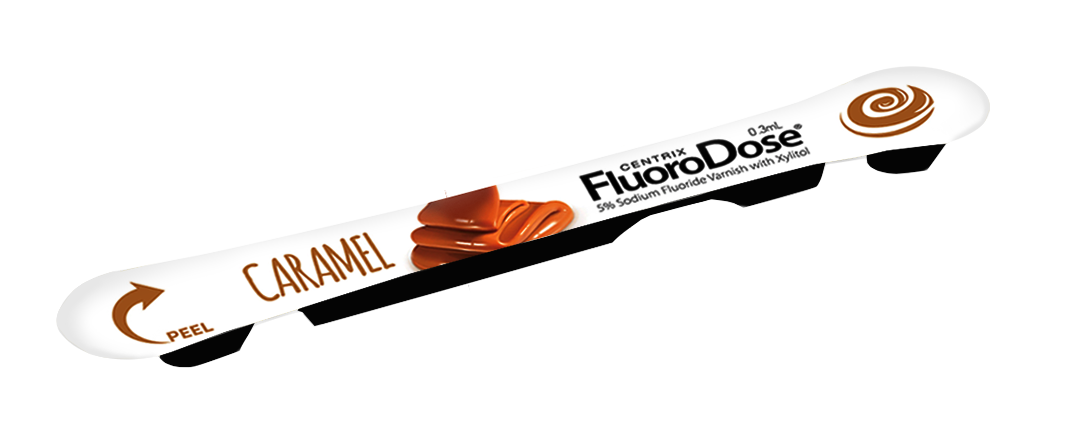What is ECC?
Early Childhood Caries (ECC) is a chronic disease that destroys tooth structure leading to loss of chewing function, pain, and infection in children through five years of age.
FACT: Children visit their pediatrician more often than they visit their dentist.
0
%
of children ages 3 to 19 had lifetime tooth decay in their primary or permanent teeth.1
Recommendations
The prevalence of dental caries for the youngest of children has not decreased over the past decade, despite improvements for older children.
The USPSTF recommends that primary care clinicians apply fluoride varnish to the primary teeth of all infants and children starting at the age of primary tooth eruption.
And it’s so easy; a few swipes across tooth surfaces and you’re done, in less than a minute!
ECC is Preventable!
If you haven’t yet begun, Centrix is here to help! With educational Lunch & Learn courses, virtual or in-office, following the guidelines of the AAP and the ADA, the application of fluoride varnish on your young patients will soon be your standard of practice, too.
Need more information about courses or products? Complete this short form and we will call you to help – at your convenience.
ECC is the most common chronic childhood disease and has many potentially severe consequences.
- Pain
- Impaired chewing
- Infection
- Increased caries in permanent dentition
- School / work absences
- Poorer school performance
- Difficulty sleeping
- Poor self-esteem
- Extensive / expensive dental work
Dental Caries Rates of Infection
23% in Primary Teeth - Ages 2-5
17% in Permanent Teeth - Ages 6-11
57% Adolescents - Ages 12-19
up to 70% of Native American children
* Rates from 2011-2016







